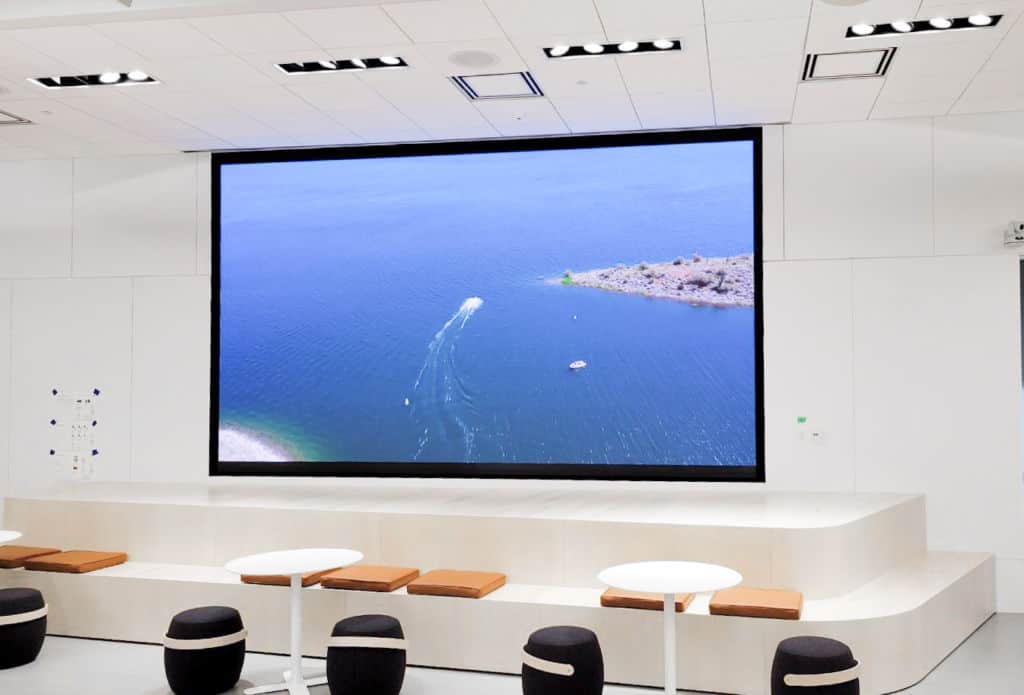Examining the Fundamental Factors That Affect Brightness in Light Emitting Diode Display Screens
Examining the Fundamental Factors That Affect Brightness in Light Emitting Diode Display Screens
Blog Article
Light Emitting Diode wall panels are increasingly favored for both advertising and leisure due to their bright and vivid images. Understanding the factors that affect the brightness of these screens is essential for producers and consumers alike. Luminosity is typically measured in candelas, which indicates how much illumination is produced from the area of the panel. Several key elements contribute to the overall luminosity, including the type of LED used, the caliber of the panel materials, and the energy supplied to the panel.
The type of LED chip used in a wall panel plays a crucial role in its luminosity. Various Light Emitting Diodes emit differing levels of lumens, which gauge the amount of illumination perceptible to the mortal eye. High-quality chips, such as those made using advanced technology, can produce more luminous illumination with higher efficiency. Furthermore, the color tone of the Light Emitting Diode also influences apparent brightness. For instance, cooler hue tones (higher Kelvin values) can seem more luminous than warmer ones, even at the identical lumen rating. This feature is vital for applications where visibility is crucial, such as in outdoor promotion.
The substances used in the construction of LED wall panels see also affect their brightness. The type of substrate and coating materials can affect how much light is transmitted versus how much is taken in or dispersed. For example, a panel made with high-quality clear glass will permit more light to pass through than one made with lower-grade materials. Additionally, the configuration of the screen, including its thickness and the arrangement of the LEDs, can improve or diminish luminosity by affecting how illumination is spread across the screen.
The energy supply provided to the LED panel panels is another critical element in determining luminosity. Each LED component has a specific voltage and current need for optimal functioning. If the power supply falls short, the luminosity of the panel will diminish. Conversely, providing too much power can lead to excessive heat and reduced durability of the LEDs. Therefore, ensuring a consistent and adequate energy supply is crucial for realizing consistent brightness levels. look at this now This is particularly important in changing screens, where brightness may need to be modified for different lighting conditions.
Lastly, environmental elements can affect how brightness is viewed. Surrounding light conditions play a significant role in how luminous an LED panel screen appears. In luminous daylight, for example, a screen with a reduced luminosity level may struggle to be seen clearly, while a more luminous panel can be prominent more effectively. Additionally, the angle from which the screen is viewed can influence luminosity perception due to how light bounces off surfaces. Understanding these elements helps consumers select the right LED panel panel for their requirements and ensures that producers produce products that satisfy brightness standards for various applications.